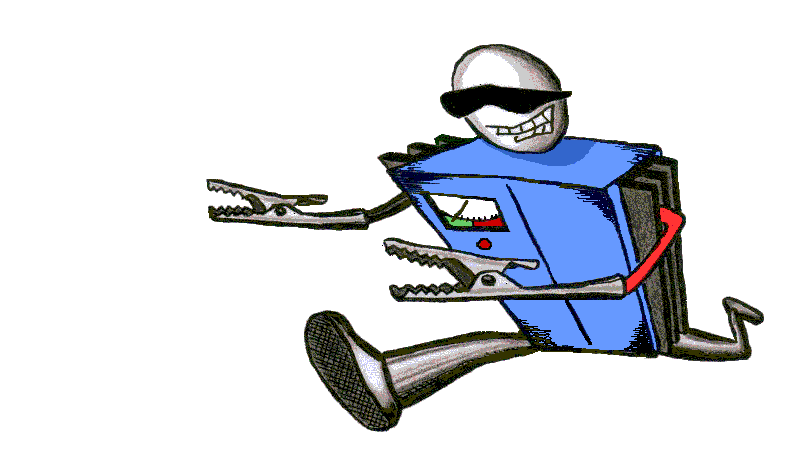Chargingchargers.com
Industrial Quality at Affordable Pricing
 |
LIVE ORDER & TECH LINES: 7:30 AM TO 4:00 PM PACIFIC TIME M – F NO SALES TAX
Toll Free Order Line Only: (877) 405-0978 Monday – Friday Tech & Order Line: (541) 582-4629 Monday – Friday ORDER ONLINE ANYTIME Email Tech Questions: info@chargingchargers.com Fresh, New Stock. No Used or Reconditioned, at the Best Price! WE NOW ACCEPT PAYPAL! |
View Cart
|
| TUTORIALS | ABOUT US | BRANDS |
| BATTERY CHARGERS | INVERTERS | DC CONVERTERS | SOLAR CHARGERS | SEALED BATTERIES | BATTERY DESULFATION |
BATTERY CHARGERS NOT RECOGNIZING A BATTERY
There are situations where a 'smart' battery charger won't recognize a battery because the battery is deeply discharged. Some chargers have a relatively high voltage threshhold. Remember, a 12 volt battery (adjust numbers for 6 volt, etc.) is effectively discharged at 11.9 to 12 volts (fully charged is 12.72 volts). A battery can be drawn lower than this, particularly if allowed to remain totally discharged for extended periods. This is not particularly good for battery health, and may in fact destroy the battery, but that is not for this discussion.
Some of the more common 'floating chargers' for vehicle or other battery maintenance, have threshhold voltages between 8 and 11 volts. If your battery voltage is below the particular level of your charger, the charger won't acknowledge a viable battery hookup, and won't pass current. Some chargers indicate a fault mode (continuous flashing), and others just don't do anything. Some charger manufacturers don't consider a battery below their threshhold voltage as worth recharging (they're not necessarily correct). Some, particularly marine battery chargers, are designed to check for battery voltage before passing voltage/current to prevent sparks, in case the charger is plugged in without being connected to a battery, when there may be a gas buildup in the compartment. All of our chargers have very low threshholds, and will charge deeply discharged batteries, as long as they are above this threshhold.
How to deal with this
There are a couple of ways to get around this, to see if your battery will recover and take some charge. It still may have to be desulfated later. First, a non-intelligent charger, like you had in your garage 25 years ago, may be used with supervision, to cram some current into the battery, which will raise battery voltage. This is another case for having a decent digital voltmeter around the shop/house. You can keep checking the battery until it has enough voltage to register on the 'smart' charger, then let the smart charger take over. If you have golf cart type 6 volt batteries, you can series a pair (positive to negative) to look like a 12 volt battery, and use a 12 volt charger as above. Second method, if you don't have a 'dumb' charger: parallel a second battery (positive to positive, negative to negative) that you know to be recognized by the charger, with the bad battery, and attach the charger. After the charger has a while to put some current back, disconnect the good battery. It may take a time or two to get the charger to stay running. What you don't want to do is leave both batteries connected for a long time, as the good battery will end up overcharged. So, both methods require supervision.
2021 - NOCO has introduced a "Force" mode in some of their new smaller chargers, overcoming this threshhold issue. Might be handy to have one around.
Hope you don't need this information, but we run into this situation with customers enough, putting something together on the subject was advisable.
Home | Tutorials | Battery Recognition


